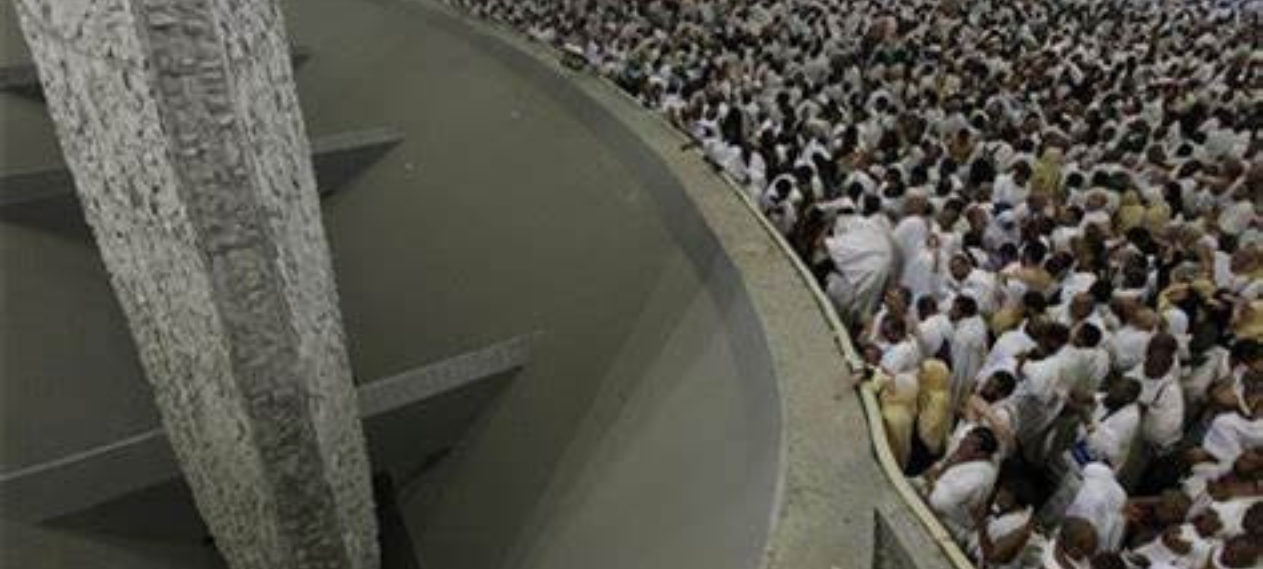Based on declarations and sources from foreign ministries, Reuters has counted at least 562 deaths during the haj.
According to medical and security sources who spoke to Reuters, Egypt alone has recorded 307 deaths and another 118 missing persons as temperatures have occasionally risen above 51 degrees Celsius (124 Fahrenheit).
A Pakistani pilgrim named Wilayet Mustafa observed, “It was so harsh and the people cannot bear that type of heat.”
According to a witness, bodies were covered in the white Ihram cloth, a basic pilgrims’ garment, and lay on the side of the road close to Mina, just outside of Mecca, until rescue trucks could reach.
Climate scientists say such deaths offer a glimpse of what is to come for the tens of millions of Muslims expected in coming decades to undertake the Hajj.
The hajj has been performed in a specific manner for over a millennium, and the climate has always been warm, according to Carl-Friedrich Schleussner, a scientific advisor at the German organization Climate Analytics. “However, the severity of the climate conditions is being increased by the climate crisis.”
Performers of the hajj follow the religious rituals that the Prophet Muhammad, fourteen centuries ago, commanded his disciples to conduct at the Grand Mosque’s Kaaba, a cube-shaped stone edifice.
Read more: Muslims Stone the Devil in Hajj Ritual
Schleussner claimed that several essential elements of the haj, including the customary ascent of Mount Arafat, have turned into activities that are “incredibly dangerous to human health.”

